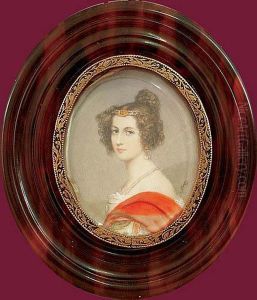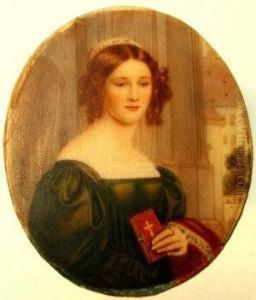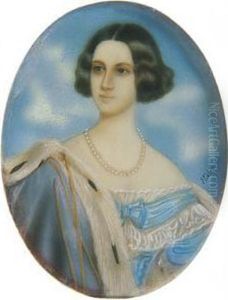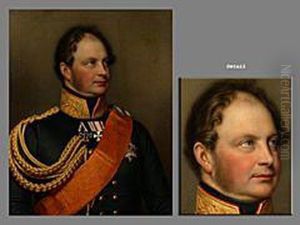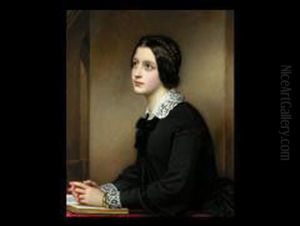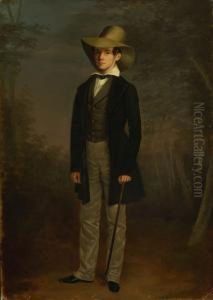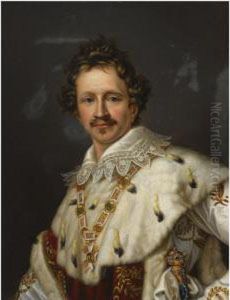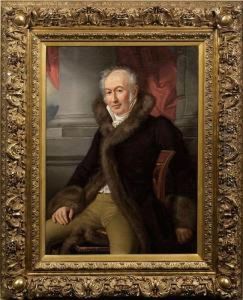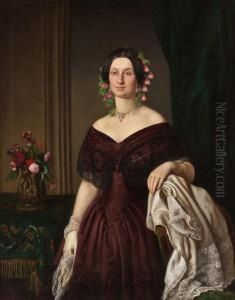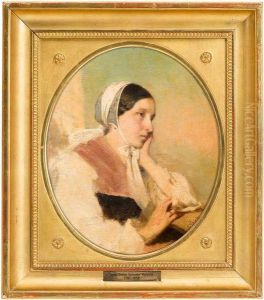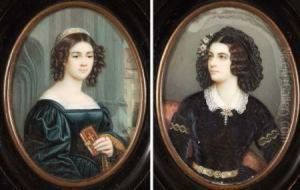Josef Karl Stieler Paintings
Josef Karl Stieler was a German painter known for his portrait work, most notably for his portrayal of the leading figures of his time and the Gallery of Beauties at the behest of King Ludwig I of Bavaria. Born on November 1, 1781, in Mainz, Germany, Stieler demonstrated an early talent for art, which led him to pursue his studies at the Academy of Fine Arts Vienna and later in Italy, where he was influenced by the Neoclassical style.
Stieler's career took a significant turn in 1816 when he was appointed as a court painter to King Ludwig I of Bavaria. This position allowed him to create some of his most famous works, including portraits of Goethe, Ludwig van Beethoven, and the Empress Elisabeth of Austria. Among his most celebrated contributions to the art world is the Gallery of Beauties, a collection of 36 portraits of the most beautiful women from all strata of society, commissioned by Ludwig I and displayed in the Nymphenburg Palace in Munich.
Stieler's style is characterized by its meticulous detail, vibrant colors, and the clarity of his subjects' expressions, capturing not only their physical appearance but also a glimpse into their personalities. His portraits are considered some of the finest examples of 19th-century German portrait painting, blending realism with the idealized forms of the Neoclassical tradition.
Throughout his career, Josef Karl Stieler received numerous honors and accolades for his contributions to art. His work remains highly appreciated for its historical value and artistic excellence. Stieler passed away on April 9, 1858, in Munich, leaving behind a legacy that continues to be celebrated in art history.
